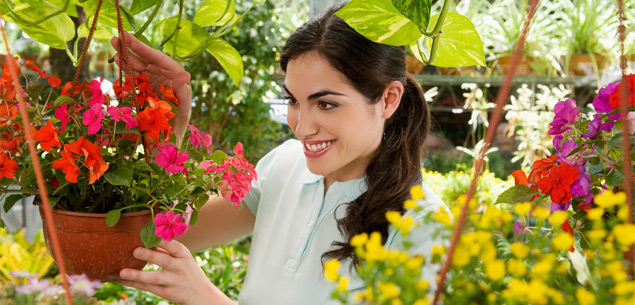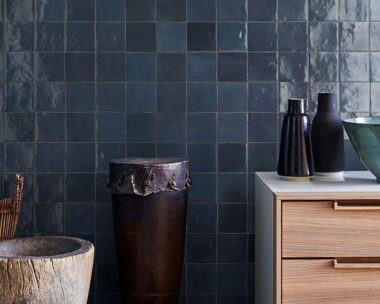I love a bargain. When the garden centre people see me coming, they race out the back, grab anything substandard or dying, and chuck them all on a table with a “Five for $10” sign on it. And I am so there.
The sad thing is, shrubs and trees you can buy for $2 each often turn out to cost you more.
The five port wine magnolias I rescued from a life of misery and neglect are still languishing at the edge of the front lawn, despite my regular feeding, watering, trimming and begging them to thrive.
In all fairness, they have turned from death’s-door yellow to a sort of unenthusiastic pale green – but after a year in the ground, this is not the result I was hoping for.
Having said that, I bought 30 miserable, spindly, balding pittosporums at the same time, planted them with their feet almost in the stream on a shady bank and completely ignored them – and they’ve doubled in size and are well on their way to doing the job of screening out the neighbour’s tobacco weed wilderness behind them.
It’s not about how cheap something is or how deprived it looks – it’s about fundamental plant health, some of which you can see and some which you can’t. Train yourself to bypass the price tag and turn your attention to the stem itself. It needs to be straight, strong and undamaged. If it’s wimpy and sad with a lean on, chances are it’s not going to spring to life in your garden.
You should also look out for obvious signs of disease. Spotted foliage is often a sign of disease and while it may be perfectly curable, it might not be too. It could also be contagious and your bargain day lilies could decimate the rest of your garden bed. Select plants with evenly green leaves that look vigorous and well-shaped.

If it’s between blooms or buds, get plants without flowers, as they suffer less from transplant shock.
Try not to be seduced by flowers. I bought a lovely little rhododendron a couple of years ago, all covered in the most glorious blooms. It is still a little rhododendron and has never flowered since.
If the only difference in the appearance of two plants is that one has tight buds or no buds, and one is in flower, don’t pick the one with flowers. Plants suffer less from transplant shock and develop roots faster if they are without blooms.
At the risk of sounding like a presenter from Embarrassing Bodies, you really should make a careful check of the bits down below. This is where the major work is done. It may seem a bit presumptuous to undress the merchandise, but if it’s a toss up between that and buying a sick plant, there’s no contest.
Carefully grasp all the leaves and stems in your hand. See if the plant will easily slide out of the pot. If it won’t, find a staff member and ask them to do it for you. You should find a well-formed network of whitish roots binding the soil together. If the roots are brown, soft or rotten, you should run.
If you find a mass of thick roots and little soil, the plant is root-bound and perhaps slightly past its prime, but probably not seriously compromised. You’ll just need to trim the larger roots and tease out all the root-bound soil mass before planting.
If there aren’t many roots and the plant lifts out easily, it may have been recently re-potted and could use more time in the pot before transplanting.
Finally, the easy bit – do you find this specimen attractive? Is this a good-looking plant? Look for a well-branched structure typical of the species. Is it shapely, compact and full, with multiple stems? A short, shapely plant is generally a better bet than a tall, slender model, which could mean it’s been straining for light and has grown thin and spindly.
The checklist
Foliage: Green, shiny, lush leaves.
Shape: Compact and full, with multiple stems.
Pests and diseases: Check both sides of the leaves and the potting soil for blackened areas, holes, spots, mushy areas, stickiness and distortions.
Root system: Check if the roots are rotten or if the plant is pot-bound or recently re-potted.
Stem damage: If the plant has a thick or woody stem, make sure there are no cracks or scars.
Weeds: If their are weeds in the pot competing with the plant for nutrients, this could be sign it has been neglected.




